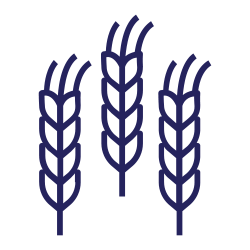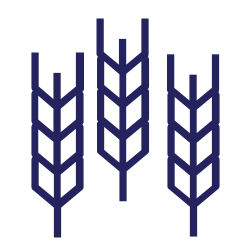Section Title
Pre-Harvest Herbicide Options
Crop Types
- Wheat
- Whole Farm
- Winter Wheat
When thinking about end of season weed management, it’s good to refresh your mind on pre-harvest herbicide options. When done correctly, a pre-harvest herbicide application can provide numerous benefits including maximizing yield and quality, allowing for direct combining of standing crops, managing weed escapes from the growing season, optimizing perennial weed control, and speeding up harvest.
It is critical to know the differences between the various herbicide options there are to manage product expectations and to ensure application is done correctly to make your crop export ready! The following are some key points to remember when considering your pre-harvest management:
- The most commonly used active ingredients used for pre-harvest management are glyphosate, diquat (e.g. Reglone, Armory, Bolster, MPower Clone, Craven, Desica, Drifast, Stage), saflufenacil (e.g. Heat), carfentrazone (e.g. Aim) and flumioxazin (eg. Valtera). There are also products that are pre-packaged mixes of active ingredients (e.g. CleanStart with glyphosate and carfentrazone).
- Products such as diquat or Heat brands are desiccants. GLYPHOSATE IS NOT A DESICCANT. Desiccants and glyphosate work very differently, usually require different application timings and parameters, and provide different benefits.
- Diquat (e.g. Reglone, etc.) has long been registered as a desiccant in many crops and is the gold standard to which all other desiccants are compared. Diquat rapidly dries down green plant material, with desiccation typically occurring within hours to a few days. In fact, diquat’s fast acting nature sometimes works against itself, by limiting uptake in the drying plant material, which is why the labels recommends applying these products at dusk or on cloudy days.
- Newer desiccants, such as Aim, Heat brands and Valtera, also result in the dry down of green plant material. Research has shown that Heat and Valtera are often just as or more effective than diquat for desiccating crops, and usually only take slightly longer to do so. Aim, on the other hand, is relatively slow acting, which makes it an ideal partner for glyphosate. Research has shown a synergistic effect when Aim and glyphosate are tank mixed (i.e. CleanStart), something not seen with other desiccants. Opposite to diquat, these desiccants are best applied on sunny, warm days.
- Coverage is important for all contact products, so be sure to keep water volumes up! For example, Diquat recommends water volumes of 20 to almost 50 gallons per acre on most crops (no that is not a mistake – coverage is essential with contact herbicides).
- GLYPHOSATE IS NOT A DESICCANT but can enhance dry down of crops. Research has shown that, compared with untreated crop, glyphosate can improve crop dry down after 7 to 14 days (depending on the weather). But glyphosate typically does not dry down crops as consistently or to the same extent as the true desiccants.
- However, glyphosate is a popular pre-harvest choice for many growers since, as the only systemic herbicide, it provides control/suppression of weeds, including winter annuals and perennials. Desiccants will also dry down green weeds, but only provide top growth control.
- Proper application timing is critical regardless of the product used. Always refer to and follow the product label for the correct timing and rates. Remember, desiccants or glyphosate have no impact on crop maturity. However, it can decrease the time between when the crop has reached maturity and when the crop is harvested.
- The product label for every herbicide has a pre-harvest interval established. This is the time required between applying the product and swathing or harvesting the crop. Pre-harvest intervals are set to ensure a product’s active ingredient has enough time to break down in the plant and not leave unacceptable residues behind. Because breakdown occurs in the plant only, not in the seed, storage time after cutting the crop will not decrease residue levels.
- Proper application timing is especially important for glyphosate. When applied too early, glyphosate residues have the potential to accumulate in the grain and may exceed Maximum Residue Limits (MRLs) of export countries or negatively impact on end-use qualities (i.e. malt barley). Proper application timing for wheat and feed barley is when the grain is at <30% moisture. Kernels should be firm and hold a fingernail dent (ie. hard dough stage).
- Residues of the contact herbicides (diquat, Aim, Heat and Valtera) are typically very low in the harvested grain because of their contact nature. That doesn’t mean that these products are without MRL concerns since, in many cases, residues tolerances can be exceeded simply because an MRL has not been established in all markets.
Helpful Links
Article originally written by Janette Gaultier, and revised by Tammy Jones, both former Weed Specialists with Manitoba Agriculture and Resource Development.









